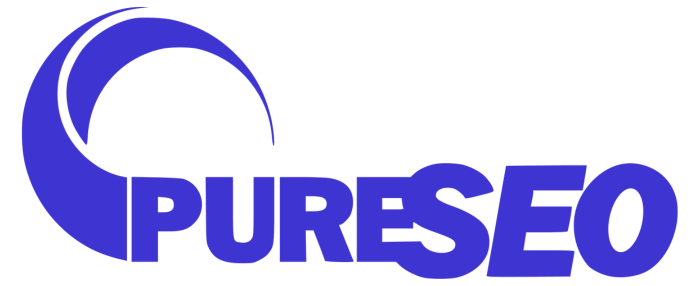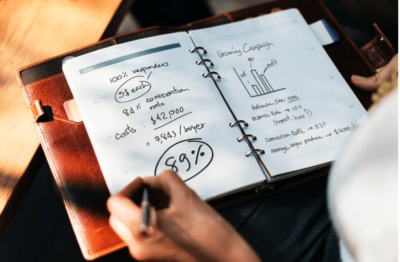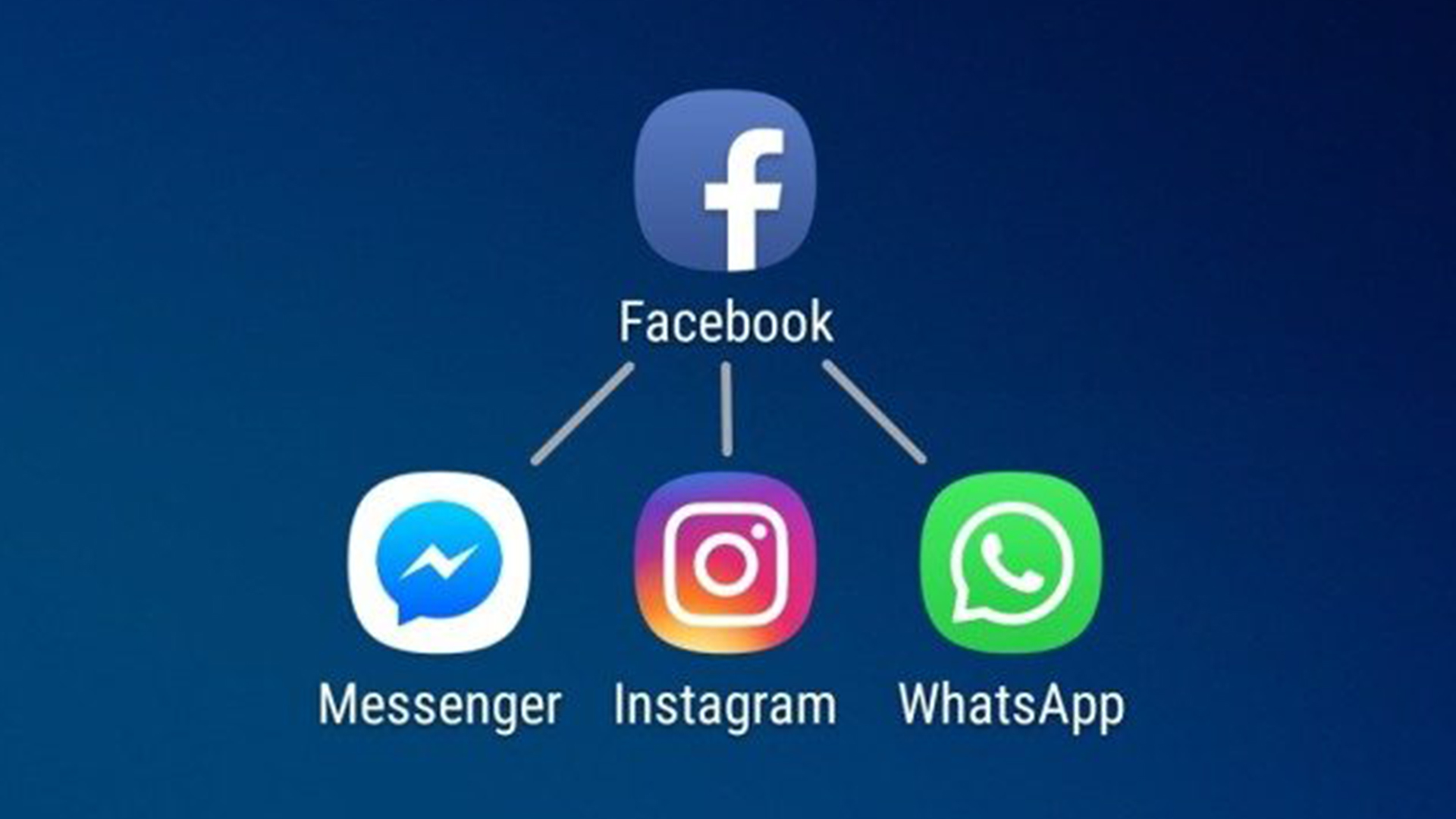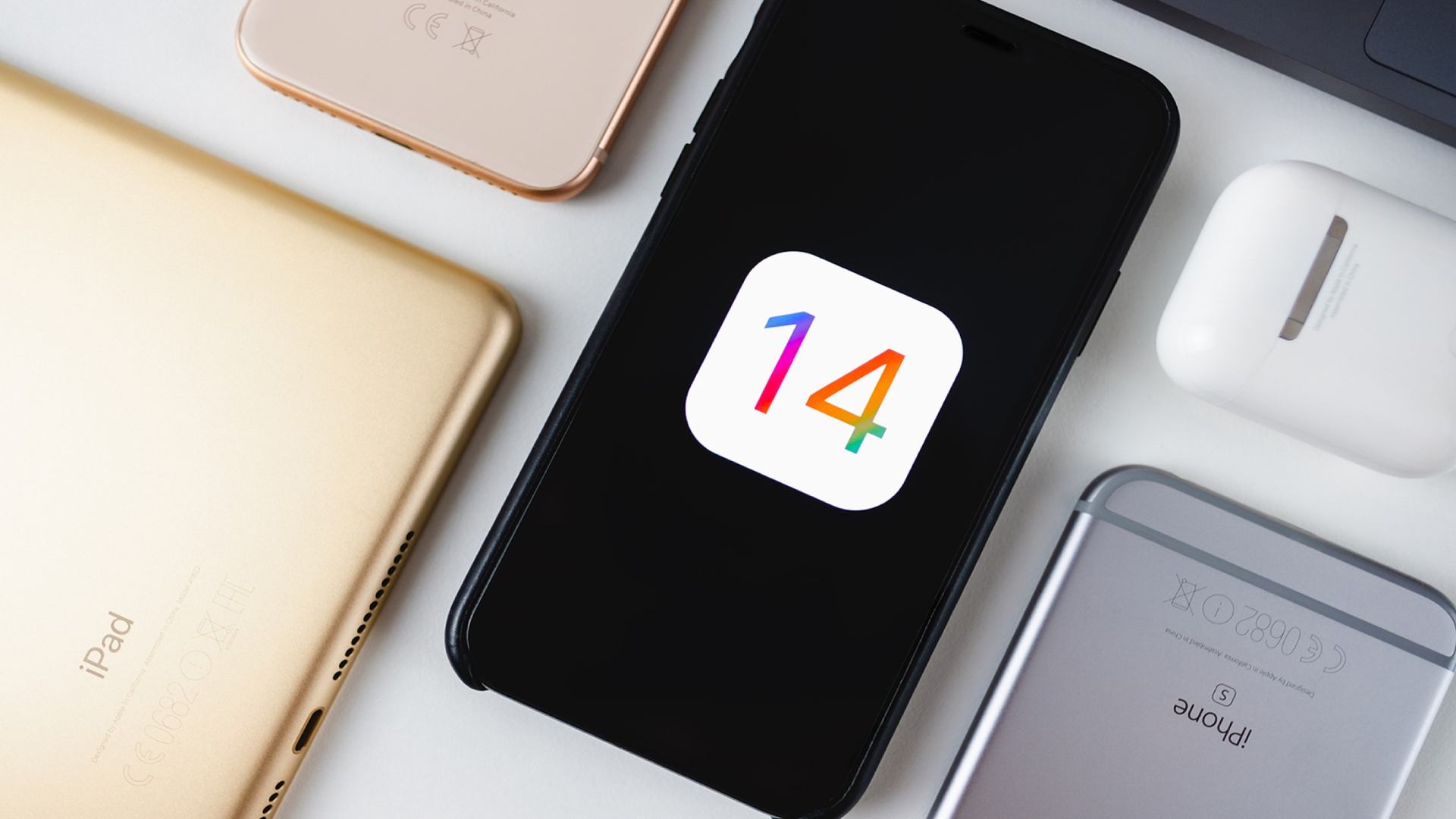Tracking the performance of your landing pages is essential for optimising your conversions. Google Analytics provides a number of useful metrics to help you understand visitor behaviour on your landing pages. However, in many cases, these metrics don’t tell the full story.
Let’s take a look at the top three metrics that if tweaked, can be used to get a more accurate measurement of your landing page’s performance.
- Bounce Rate
Bounce rate is a crucial metric for measuring your landing page’s success. If a vast majority of users who visit your landing page leave without going to other pages on your site, your analytics will show a high bounce rate. Logically, you’d conclude that the high bounce rate indicates that your landing page is ineffective. But the truth can be a bit more complicated.
Most people would agree that if someone spends a few seconds on a website before navigating away, that should be counted as a bounce. However, the metric does not make a distinction between the user who spent a few seconds on the page and the user who actually spent several minutes on the page. We can assume that the user who spent several minutes on a site before bouncing will have found something useful to them; therefore, they should not be considered as a bounce.
This discrepancy can be corrected by making a change in your GA code to determine the minimum amount of time a visitor spends on your landing page before converting. For example, you can set your parameters so that if someone stays on your page for more than two minutes (or shorter or longer) then it will not be considered a bounce. This hack will provide a clearer understanding of the number of true bounces and conversions.
- Time on Page
By default, Google Analytics can record the time spent on a given web page only when a visitor navigates to another page on the same site. It isn’t possible to know the time spent on a page by a visitor who has visited only one page of a site. For example, let’s say a visitor arrives on your landing page, stays 10 minutes, completes a goal on the page and then leaves the website. Google will record the time spent on that page as 0:00. This calculation method distorts your actual landing page performance metrics.
Get around this with Google’s Event Tracking API. Insert the “Track Event” JavaScript code to trigger every 10 seconds after loading a web page. This code snippet will record that a visitor is on a page, rather than calculating the time on site only once they’ve navigated elsewhere. The result will be a more accurate engagement measurement for your landing page.
- Conversion Rate
Conversion rate is the most important metric to measure for landing pages. In Google Analytics, the conversion rate is calculated based on the number of visits and not on the number of unique visitors, which can skew your conversion data.
Conversion rate should be calculated based upon the number of unique visitors. Why? Because every visit to your landing page does not conclude with a conversion. A customer’s consideration phase may include multiple visits to your landing page. Customers may read reviews about your business on another site or compare your site with competitors before returning to convert on your landing page. As a result, Google Analytics will show several visits to your landing page from the same visitor with only a single conversion.
Using unique visitors to calculate the conversion rate will provide a more accurate representation of your customers’ purchasing cycle and provide better measurement of your landing page’s success. You can easily see what your conversion rate is for unique visitors by applying an advanced segment or creating a custom filter.
Make these three relatively easy-to-implement changes and drastically transform your data to provide a more accurate and clear understanding of your landing page’s performance.

















